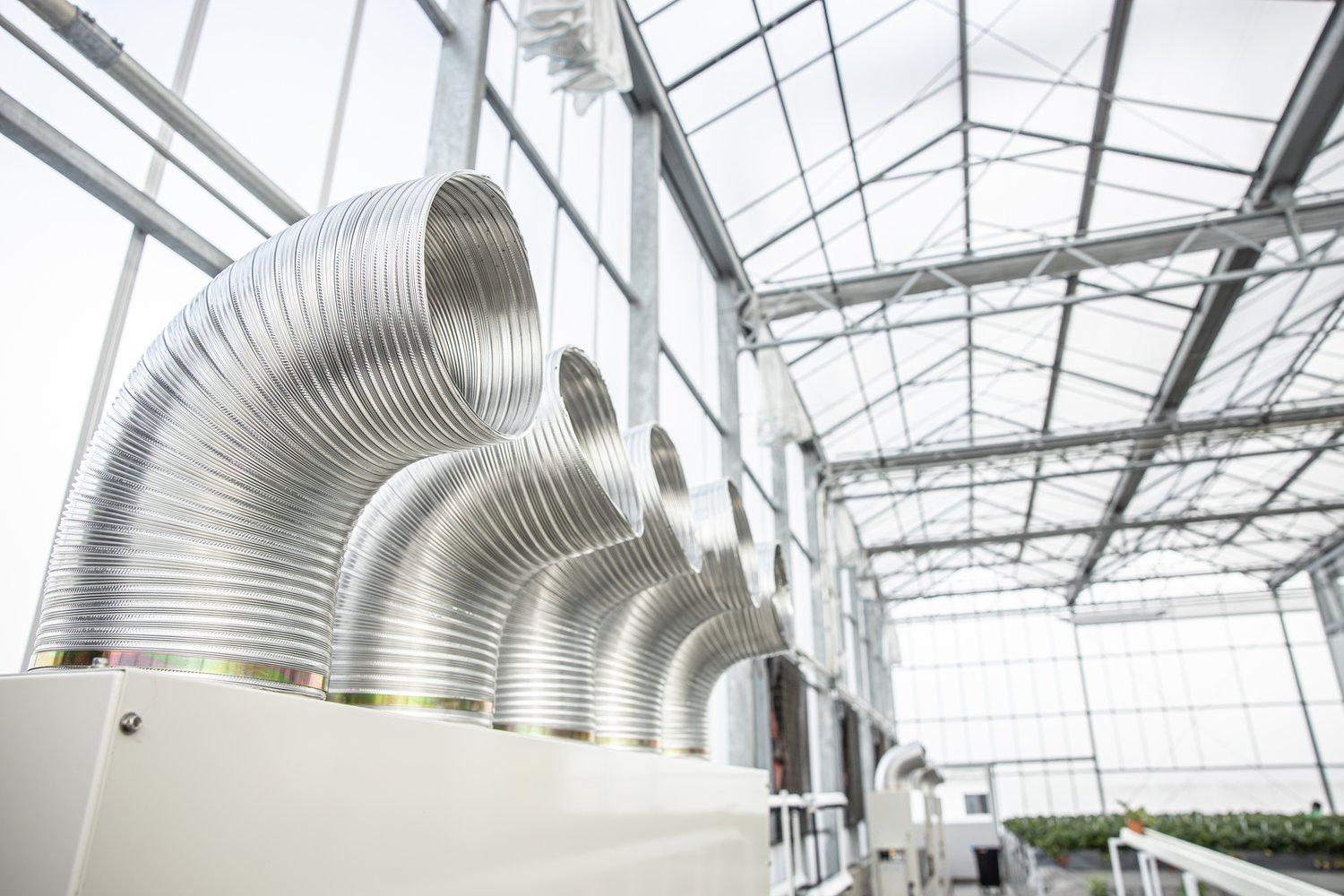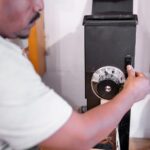Understanding recuperation systems
Recuperation systems are essential for maintaining healthy indoor air quality. These devices exchange stale indoor air with fresh outdoor air while recovering heat. A typical system consists of a heat exchanger, fans, and filters. Recuperation centers are the heart of these systems, managing airflow and heat transfer. They come in various sizes, with capacities ranging from 200 to 1000 m³/h. The efficiency of modern recuperators can reach up to 95%, significantly reducing energy costs. Homeowners can choose between centralized and decentralized systems based on their specific needs.
Recuperation centers https://onninen.pl/en/products/Air-conditioning-and-ventilation/Recuperation/Recuperation-centers play a crucial role in maintaining optimal indoor air quality. These units are designed to handle different airflow rates, typically between 50 and 500 m³/h. Most centers feature EC motors, which consume 30-50% less energy than traditional AC motors. Advanced models incorporate humidity sensors and CO2 detectors. Some units offer smartphone connectivity for remote control and monitoring. The lifespan of a well-maintained recuperation center can exceed 15 years.
Proper installation is key to maximizing the benefits of recuperation systems. Professional installers should consider factors such as room size and occupancy. The ductwork should be properly insulated to prevent heat loss. Filters need regular replacement, typically every 3-6 months. Some systems include additional features like bypass modes for summer ventilation. The noise level of modern recuperation centers is generally low, ranging from 35 to 45 dB. Regular maintenance ensures optimal performance and longevity of the system.
Energy efficiency is a major advantage of recuperation systems. They can recover up to 90% of heat from exhaust air. This translates to annual energy savings of 15-30% for an average household. The initial investment is often offset within 3-5 years through reduced heating costs. Some countries offer tax incentives for installing energy-efficient ventilation systems. These systems also help maintain consistent indoor temperatures, reducing the load on heating and cooling systems.
Recuperation https://onninen.pl/en/products/Air-conditioning-and-ventilation/Recuperation systems contribute to improved indoor air quality. They effectively remove pollutants, allergens, and excess moisture. This can lead to a 30-50% reduction in indoor air pollutants. Improved air quality has been linked to better sleep and increased productivity. These systems are particularly beneficial for people with allergies or respiratory conditions. Regular air exchange also helps prevent the buildup of harmful gases like radon.
Types of recuperation systems
Centralized recuperation systems are suitable for whole-house ventilation. These units are typically installed in attics or basements. They can handle airflow rates of 200-1000 m³/h, depending on the house size. Centralized systems require a network of ducts to distribute air throughout the home. The initial installation cost is higher, but they offer uniform ventilation for the entire house. These systems are ideal for new constructions or major renovations.
Decentralized or room-based recuperation systems offer flexibility in installation. They are suitable for retrofitting existing buildings. Each unit typically handles 30-100 m³/h of air. Installation is simpler, often requiring only two holes in an exterior wall. These systems are ideal for apartments or individual rooms. They offer independent control for each space, allowing customized ventilation. The cost per unit is lower, but multiple units may be needed for whole-house ventilation.
Wall recuperation https://onninen.pl/en/products/Air-conditioning-and-ventilation/Recuperation/Wall-recuperation units are a popular type of decentralized system. These compact devices are installed directly in exterior walls. They are ideal for single rooms or small apartments. Typical airflow rates range from 15 to 50 m³/h per unit. Installation is straightforward, often completed within a few hours. Some models feature reversible fans for balanced air exchange. Advanced units may include humidity sensors and automatic operation modes.
Ceiling-mounted recuperation units offer an alternative to wall-mounted systems. They are suitable for rooms with limited wall space. These units can handle airflow rates of 50-150 m³/h. Installation requires access to the roof or an adjacent room for ducting. Some models incorporate additional features like LED lighting or smoke detectors. Ceiling units are often preferred in commercial spaces for their discreet appearance.
Enthalpy recuperators are specialized systems that transfer both heat and moisture. They are particularly effective in climates with high humidity. These units can recover up to 70% of moisture from exhaust air. This helps maintain optimal indoor humidity levels, typically between 40-60%. Enthalpy recuperators are more expensive but can provide additional energy savings. They are especially beneficial in air-conditioned spaces, reducing the load on dehumidification systems.
Choosing the right recuperation system
Selecting the appropriate recuperation system depends on several factors. Consider the size of your living space; a general rule is 0.3-0.5 air changes per hour. Calculate the required airflow rate based on room volumes and occupancy. For a 100 m² home, a system with 150-250 m³/h capacity is typically sufficient. Energy efficiency ratings are crucial; look for units with at least 80% heat recovery efficiency. Consider noise levels, especially for bedroom installations; aim for units below 35 dB.
Installation costs vary depending on the system type and complexity. Centralized systems can cost between $3,000 and $8,000 for a typical home. Decentralized units are cheaper, ranging from $500 to $1,500 per room. Factor in ongoing maintenance costs, including filter replacements every 3-6 months. Some systems offer washable filters, reducing long-term expenses. Consider the warranty period, which typically ranges from 2 to 5 years for quality units.
Advanced features can enhance the functionality of recuperation systems. Look for units with variable speed controls for customized ventilation. Some systems offer automatic humidity control, adjusting airflow based on indoor moisture levels. CO2 sensors can trigger increased ventilation when air quality decreases. Wi-Fi connectivity allows remote monitoring and control via smartphone apps. Consider systems with summer bypass modes to prevent overheating during warmer months.
Proper maintenance is essential for optimal performance of recuperation systems. Clean or replace filters according to the manufacturer’s recommendations. Inspect and clean fan blades and heat exchangers annually. Check ductwork for leaks or damage every 2-3 years. Some systems feature self-diagnostic tools that alert users to maintenance needs. Professional servicing every 3-5 years can ensure long-term efficiency and reliability.
Consider the environmental impact when choosing a recuperation system. Look for units with eco-friendly refrigerants and recyclable components. Some manufacturers offer take-back programs for old units. Energy-efficient systems can significantly reduce a home’s carbon footprint. In some regions, installing recuperation systems may qualify for green building certifications. These systems also contribute to better indoor air quality, promoting healthier living environments.





